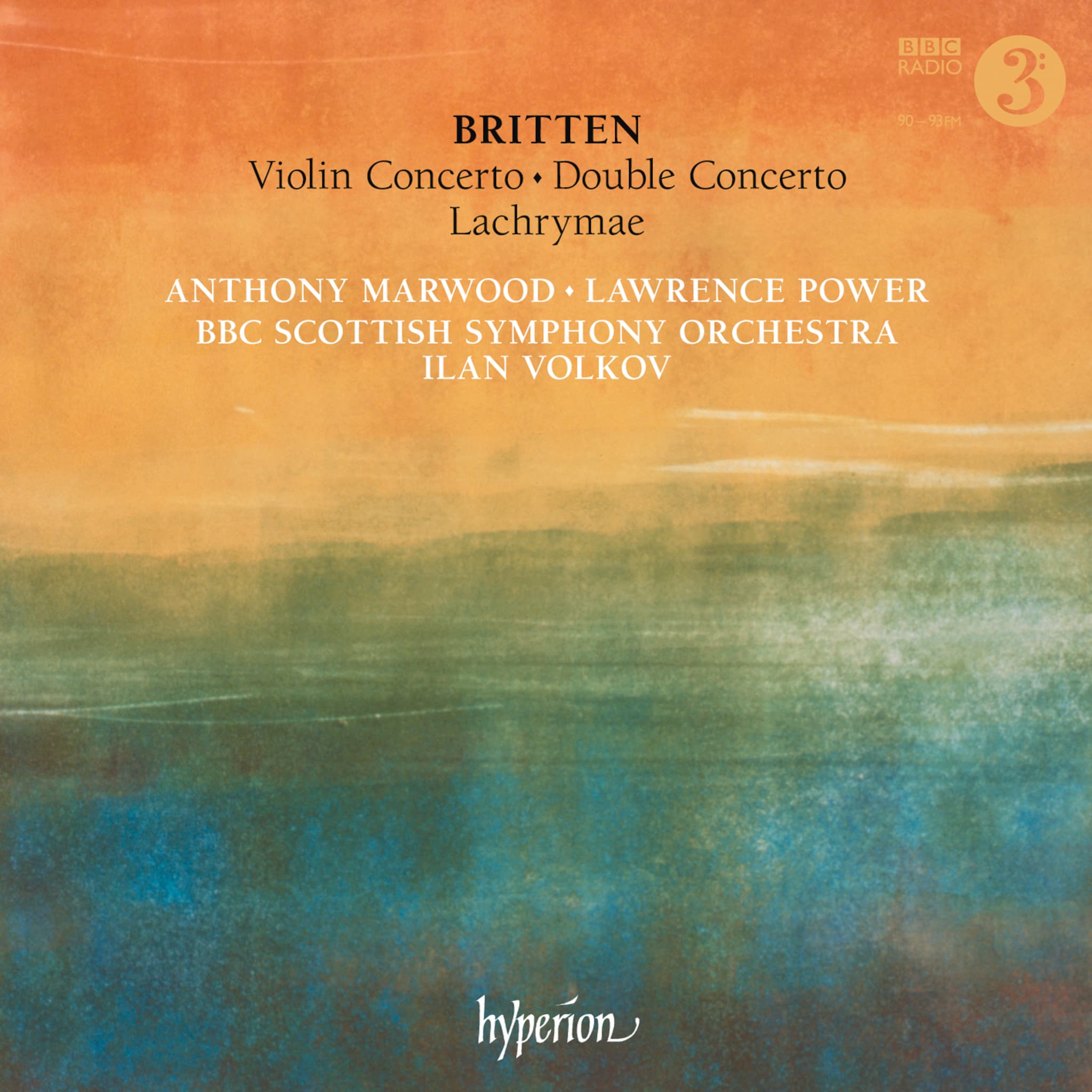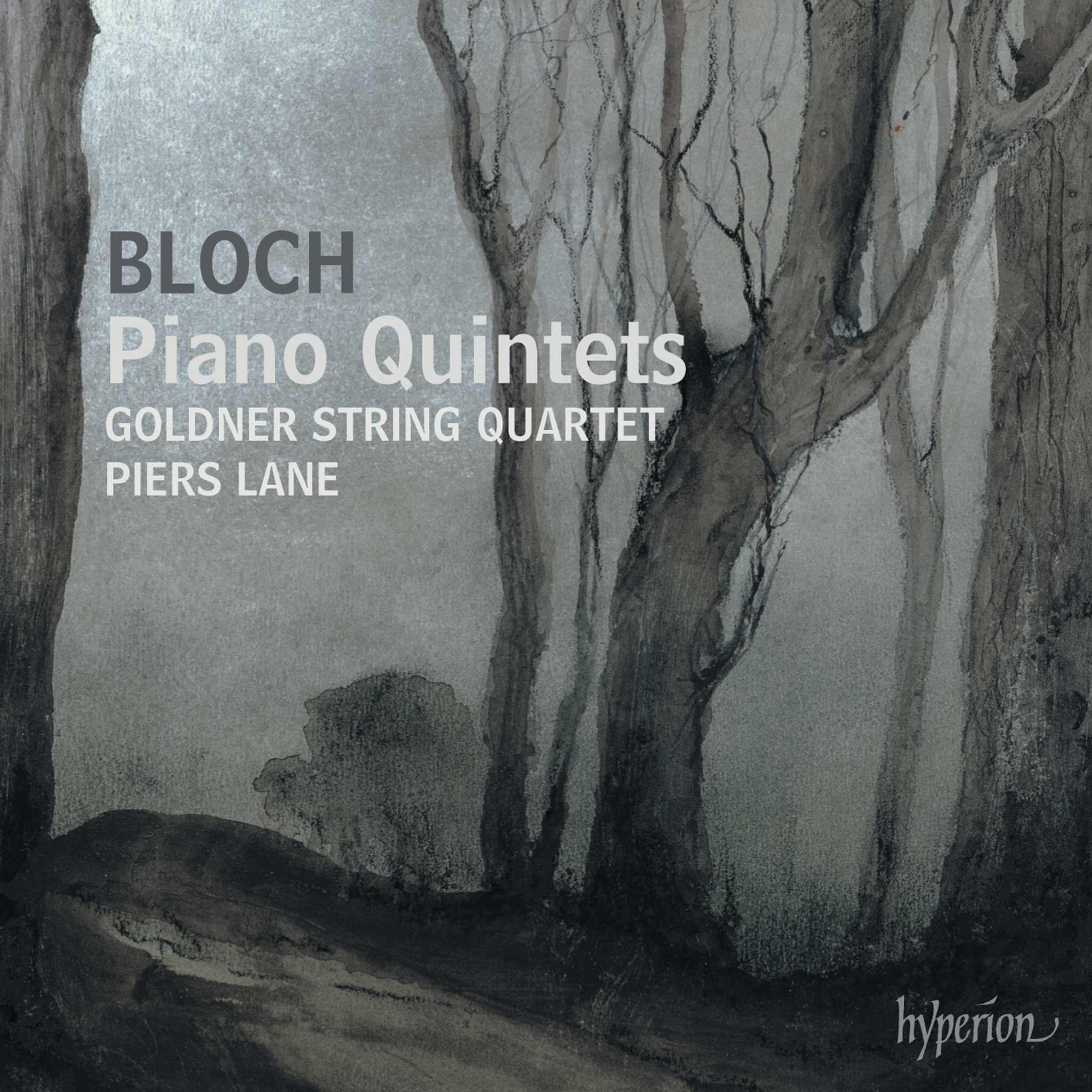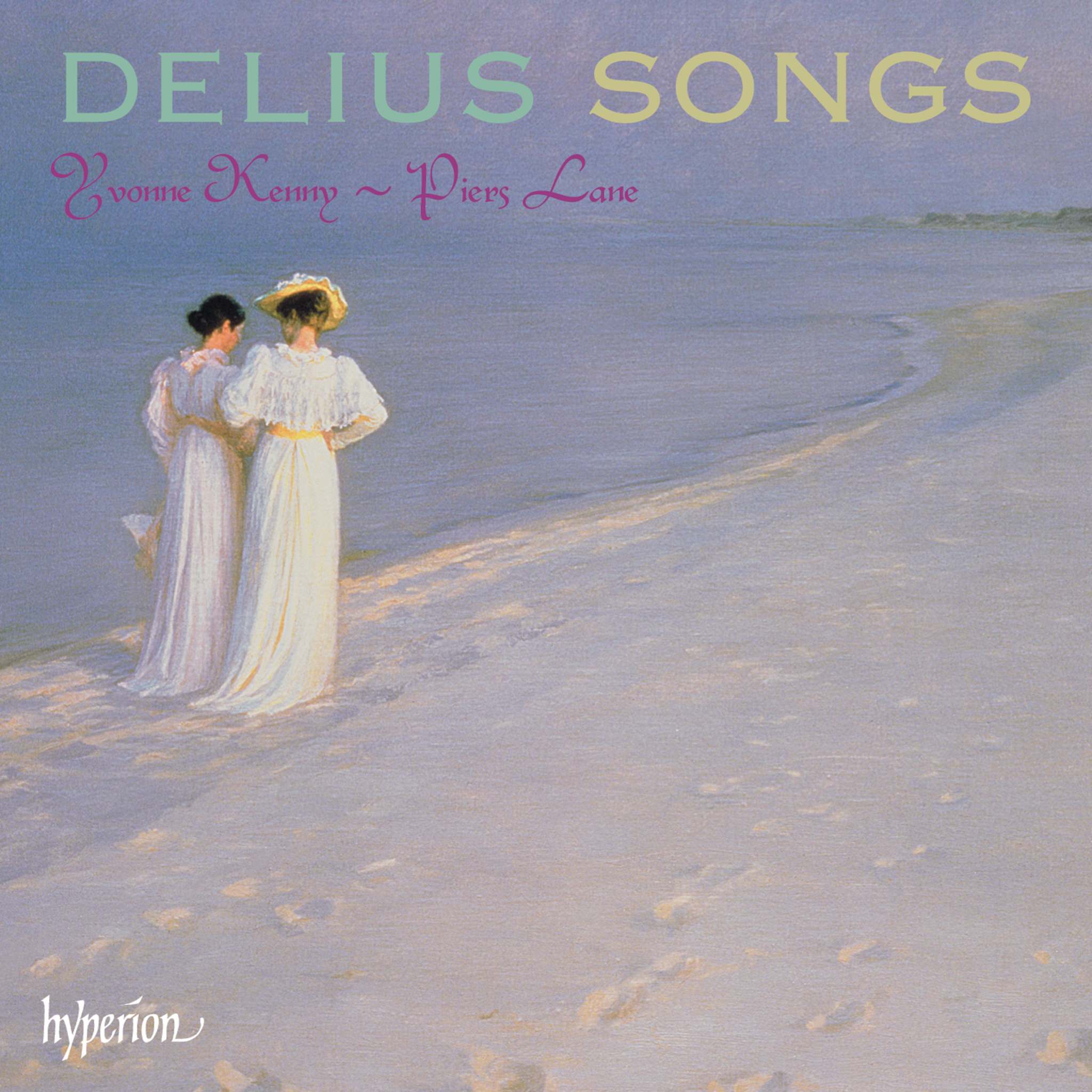Album insights
In the heart of this recording lies the music of a group of composers who were associated with the famous Moscow Synodal Academy of the early 20th century, known for its male and boys' choir, making a significant contribution to the Russian choral music scene until the end of the Tsarist regime. Their music, which drew influence from earlier composers such as Piotr Tchaikovsky, Nikolai Rimsky-Korsakov, Mili Balakirev, and César Cui, has never been forgotten in Russia and is gaining increasing recognition in the West.
A noteworthy event in 1879 had a profound impact on Russian liturgical music. When Moscow music publisher Pyotr Jurgenson released Tchaikovsky's Liturgy of St. John Chrysostom without authorization from the Imperial Chapel, it marked a shift in Russian church music. Despite criticisms of its perceived Western influence, Tchaikovsky's work was a significant step towards a valid composition style for liturgical settings. The recording presented here includes his captivating rendition of "Priidite, poklonimsya" followed by the Trisagion from his 1879 Liturgy.
Rimsky-Korsakov, like his colleagues, delved into monophonic liturgical chants in many of his remarkable, yet seldom performed, sacred works. Balakirev and Cui are less commonly linked to religious music, but they each left their mark in different ways. Kastalsky, influenced by Smolensky's work, created liturgical compositions deeply rooted in Russian singing traditions, exemplified in his fourth rendition of "Svete tikhiy." This rediscovery of Russia's musical roots greatly influenced other composers like Kompaneysky, Tolstiakow, Nikolsky, Gretschaninow, and Tchesnokow. Rachmaninoff's monumental Vigil, largely based on this singing tradition, is among the pinnacle of this movement, overshadowing the achievements of these other composers in the Western world.
Nikolai Golovanow, though less known, produced notable sacred works before the October Revolution. His intricate composition style, such as in "Vaterunser," leans more towards concert halls than traditional church settings. Pavel Tchesnokow, on the other hand, created a vast body of sacred work that melded liturgical chants with freer compositions like "Blagoslovi, dushe moya, Gospoda," emphasizing dark choral colors and chromaticism.
Victor Kalinnikov, a member of the Moscow Synodal Academy, crafted distinctively structured sacred works like "Bogoroditse Devo," using unique harmonic elements throughout. Nikolai Tolstiakow's work, particularly "Blagoslovi, dushe moya, Gospoda," introduces resonant bell motifs and dramatic harmonic shifts. Both Alexander Gretchaninov and Konstantin Shvedov, native to Moscow but later residing in the U.S., blended Russian tones with intricate harmonies in their sacred compositions, each leaving their mark on the genre.
While Shvedov's approach showcased complex counterpoint and intricate harmonies in pieces such as "Trisagion," Gretschaninov's unmistakably Russian sacred music shared structural richness with Tchesnokow and Rachmaninoff. Their compositions, like Gretschaninov's "Vecheri Tvoeya taynïya," added a layer of emotional depth to the sacred music landscape.












